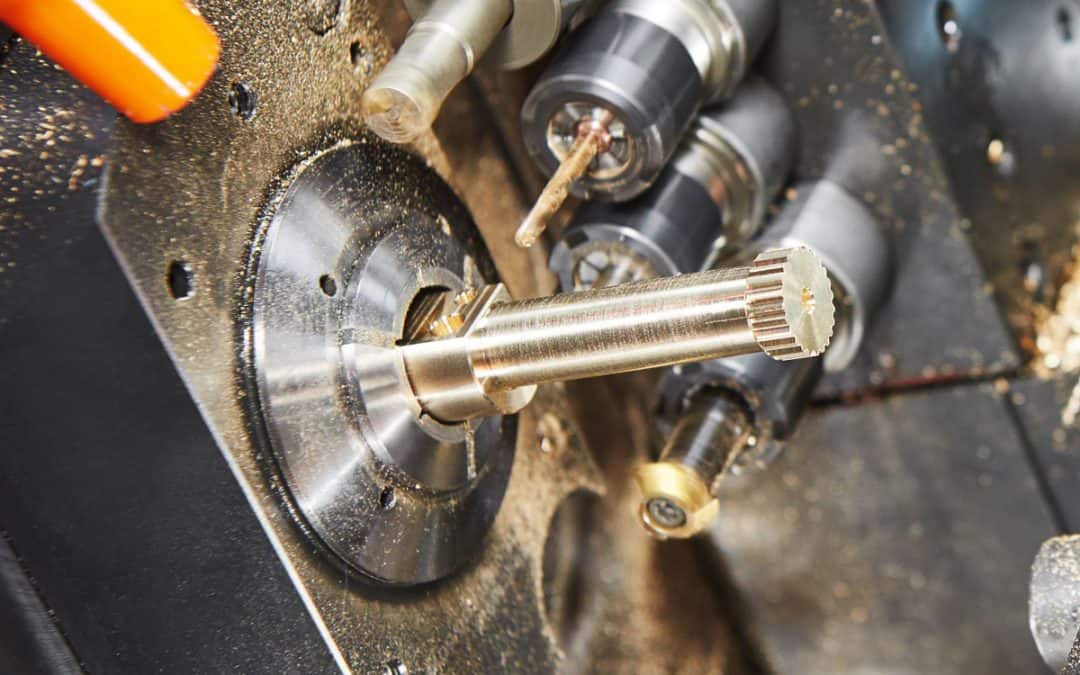When the Wright brothers’ first airplane took flight in 1903, the engine was housed in a crankcase made of a new, breakthrough material – aluminum. Since then, the aerospace and aviation industries have continued to adopt new technologies and materials they can count on. Now, the demand for durable and corrosion resistant metal parts that can perform under pressure has never been higher.
And to meet those growing demands, manufacturers rely on proven solutions like brass. While brass is well known for its use in plumbing fixtures, automotive parts and industrial components, it also plays an important role in aerospace and aviation as it readily meets the high standards and strict specifications of this complex and ever-evolving industry.
Brass has a unique combination of engineering properties. Manufacturing for aerospace and aviation applications is unique among other manufacturing sectors due to the incredibly high-performance standards required by the industry. Brass is fit for purpose in a wide variety of demanding aerospace applications, especially where corrosion is a concern, including bearings and bushings for landing gears and cargo doors, and wheel and brake components. In uses where fuels and other chemical liquids can corrode steel alloys over time, brass fittings perform well under these harsh conditions. Brass operates effectively at higher temperatures, has good wear resistance and durability, and is an excellent conductor of heat and electricity. Brass is also spark resistant, which is essential for applications used near flammable and explosive materials. No other material brings together this robust combination of engineering properties that is ideal for aerospace and aviation.
Brass is even more affordable with high-speed machining. Production studies show that per cubic inch of material removed, brass can incur significantly lower machining costs than stainless steel (304L) and steel (12L14). For example, research conducted by the Copper Development Association and TechSolve found that brass can be turned at three times the speed of steel alloys with eight times longer cutting tool life. With the higher speed, power and rigidity of modern machining platforms, brass can be machined for long production runs at metal removal rates far beyond what was previously thought possible. The higher metal removal rates enabled by brass mean shorter cycle times, higher throughput and expanded production capacity. Additionally, brass turnings can be reclaimed for up to 90% of the original material value, providing a favorable net material cost compared to other materials with lower scrap value.
The global aviation market represents a significant source of future growth for the precision machined parts market. And with its superior machinability, corrosion resistance, high-temperature properties and lower production costs, brass will continue to benefit manufacturers in the industry.


Recent Comments